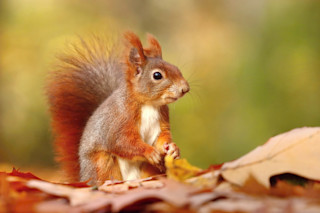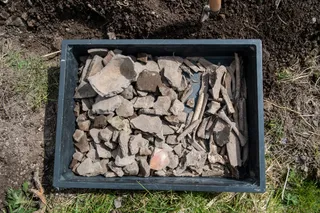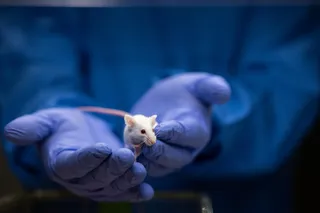A bit of medical advice: Stay away from medieval squirrels. That’s what a study in Current Biology seems to suggest, anyway, after showing that red squirrels hosted strains of the leprosy bacteria Mycobacterium leprae in England’s Middle Ages.
“In the wake of COVID-19, animal hosts are now becoming a focus of attention for understanding disease appearance and persistence,” Inskip said in a statement. “Our research shows that there is a long history of zoonotic diseases, and they have had and continue to have a big impact on us.”
Read More: The Plague Has Infected Europeans For at Least 4,000 Years
Humans have a long history with leprosy, a devastating disease associated with nerve damage, paralysis, and disfigurement. Though treatable today, the limited leprosy treatments of the Middle Ages meant that the disease spread widely, despite being surprisingly difficult to transmit. As many as 10 to 40 percent of medieval Europeans ...















